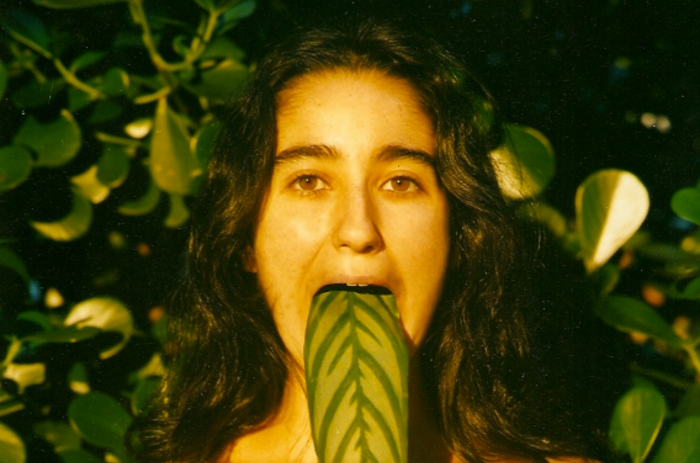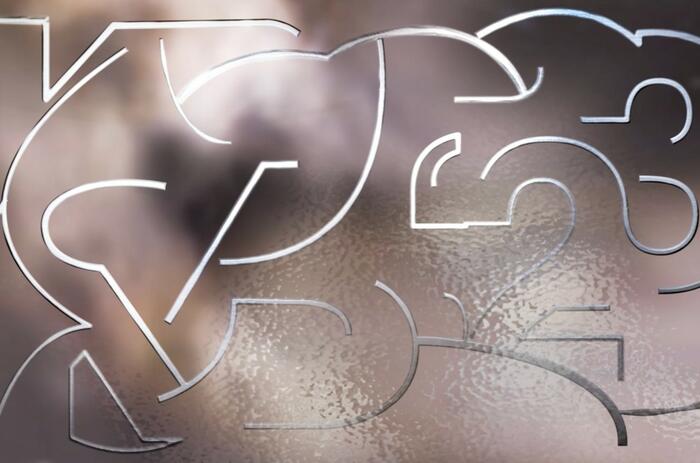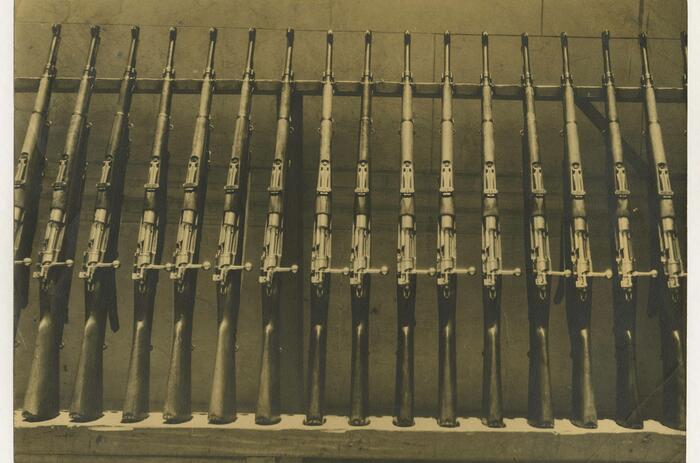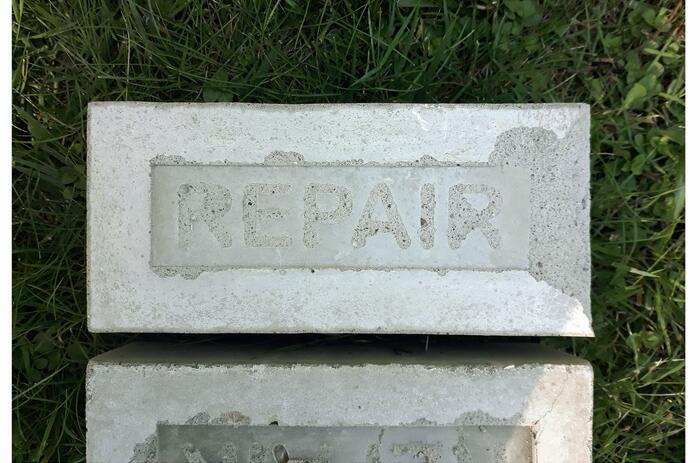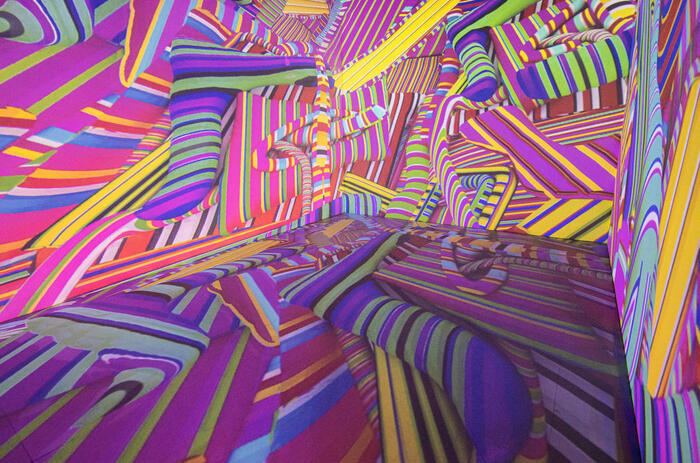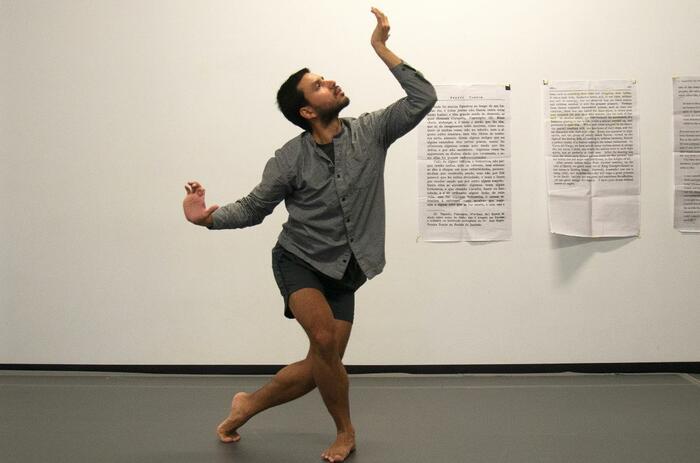MARK ROTHKO’S JOURNEY THROUGH ABSTRACT EXPRESSIONISM AT FOUNDATION LOUIS VUITTON
The Foundation Louis Vuitton presents a major retrospective of Mark Rothko’s work. Curated by Suzanne Pagé and Christopher Rothko, this is the first exhibition dedicated to the artist since the 1999 retrospective at the musée d’Art modern de la Ville de Paris.
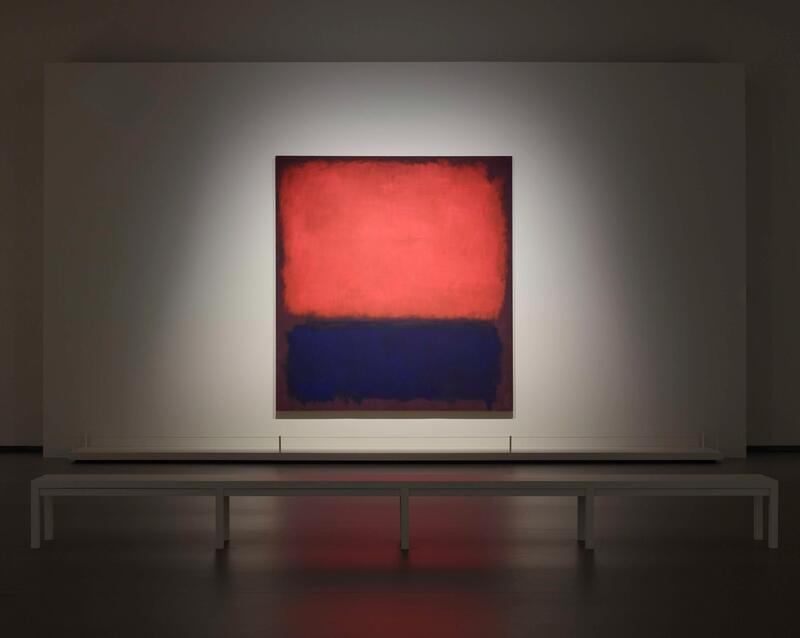
The exhibition brings together 115 works displayed chronologically across the Foundation’s galleries on four floors. It traces the artist’s entire career, from his earliest figurative paintings to the abstract works he became best known for today.
The exhibition opens with intimate scenes and urban landscapes—such as visions of the New York subway—that dominate Rothko’s output in the 1930s, before his transition to a repertoire inspired by ancient myths and surrealism which Rothko uses to express the tragic dimension of the human condition during the War.
-
Mark Rothko, No. 14, 1960. Oil on canvas, 290.83 cm x 268.29 cm. San Francisco Museum of Modern Art—Helen Crocker Russell Fund purchase. © 1998 Kate Rothko Prizel & Christopher Rothko—Adagp, Paris, 2023.
-
Installation view of the Mark Rothko exhibition, galerie 5, niveau 1, salle Seagram MuralsParis.© 1998 Kate Rothko Prizel & Christopher Rothko - Adagp,Paris, 2023
-
Installation view of the Mark Rothko exhibition, gallery 2, level -1, Multiformes room and beginning of the "classical" works © 1998 Kate Rothko Prizel & Christopher Rothko - Adagp,Paris, 2023
From 1946, Rothko makes an important shift towards abstract expressionism. The first phase of this switch is that of Multiforms, where chromatic masses are suspended in a kind of equilibrium on the canvas. Gradually, these decrease in number, and the spatial organization of his painting evolves rapidly towards Rothko’s “classic” works of the 1950s, where rectangular shapes overlap according to a binary or ternary rhythm, characterized by shades of yellow, red, ochre, orange, but also blue or white.
In 1958, Rothko is commissioned to produce a set of wall paintings for the Four Seasons restaurant designed by Philip Johnson for the Seagram Building in New York—the construction of which is overseen by Ludwig Mies van der Rohe. Rothko later decides not to deliver the paintings and keeps the entire series. Eleven years later, in 1969, the artist donates nine of these paintings—which differ from the previous ones on account of their deep red hues—to the Tate, which dedicates a room in its collections exclusively to Rothko. This series is exceptionally presented in the Fondation Louis Vuitton exhibition.
-
Installation view of the Mark Rothko exhibition, galerie 5, niveau 1, salle Seagram Murals © 1998 Kate Rothko Prizel & Christopher Rothko - Adagp, Paris, 2023
-
Installation view of the Mark Rothko exhibition, galerie 9, niveau 2, salle Lesannées 1960© 1998 Kate Rothko Prizel & Christopher Rothko - Adagp,Paris, 2023
While Rothko favors darker tones and muted contrasts since the late 1950s, the artist never completely abandons his palette of bright colors, as evidenced by several paintings from 1967 and by the very last red painting left unfinished in his studio. Even in the case of the 1969-1970 Black and Gray series, a simplistic interpretation of the work, associating grey and black with depression and suicide, is best avoided.
The permanence of Rothko’s questioning, his desire for wordless dialogue with the viewer, and his refusal to be seen as a “colorist” are all elements allowing a new interpretation of his multifaceted work in this exhibition—in all its true plurality.

